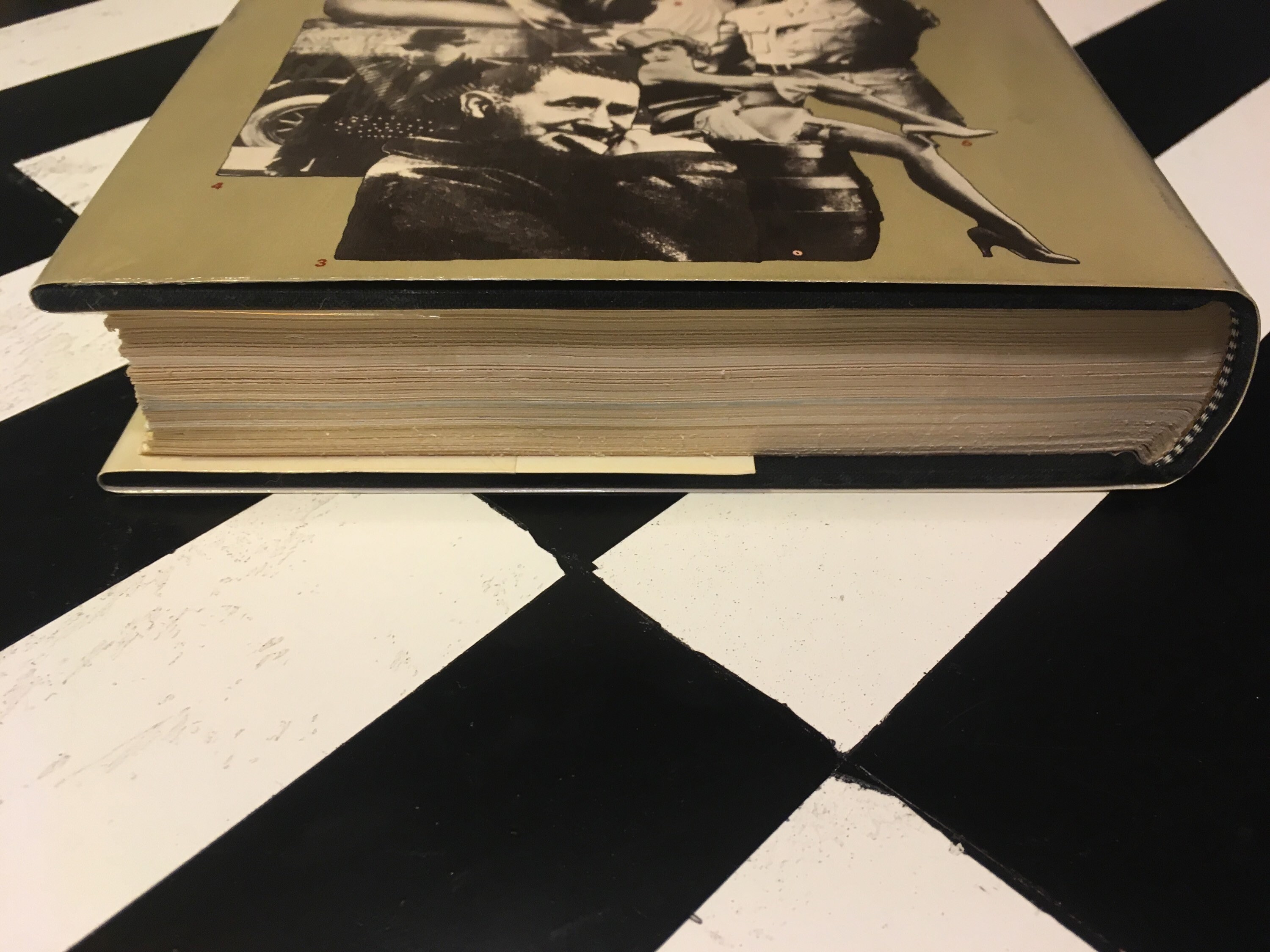

"Here they are everywhere."īerlin, more than almost any other great city, is a city of birds. "You don't have ducks like that in American cities?" a Berliner asks in surprise. They roam among the chestnut trees in the Tiergarten. They float among the swans in the canals outside the Charlottenburg Palace. Wandering loose in the Zoo, ignoring the elephants and the rhinoceroses, there are dozens of mallards, always two by two, the green-headed male trailed by his speckled brown and white mate. In the tranquillity of the Zoo, there are cages for every variety of giant bird-huge hawks wheeling restlessly within the limits of their confinement, flamingos folding and unfolding themselves, and even some mournful marabous, which stand in stoic silence and stare back at their visitors.

At the base of an artificial tree, there lies a pool of rather dirty water, and one of the eagles slowly lowers its claw-feet into the pool and begins picking at the bloody carcass of a rabbit that has been left there to satisfy its appetite for carrion. In the Berlin Zoo, there is a real eagle-two of them, in fact-and we can stand outside the cage and regard the imprisoned beast that we consider the German symbol, and our own. It is a mistake, perhaps, to attach too much importance to symbols. "But the number of insults that this picture provoked-you wouldn't believe it." It seems less grim than the traditional eagle indeed, it seems almost cheerful, a friendly eagle. The eagle boasts all the pride and dignity of its imperial ancestors, black wings spread wide, beak hungrily open, but it has other qualities as well. He holds it high, gazing at it with affection. Now he bends over a shallow drawer, grunts and fumbles through a sheaf of pictures, and finally pulls forth the one he wants: the Weimar eagle.


He can hardly see through the thick lenses that fortify his eyes, but he totters across his dusk-darkened studio, past the window that opens onto the white-blossoming apple trees in the garden, and then he bends over a wooden cabinet that contains his treasures.Īs an art expert, he joined the Interior Ministry more than fifty years ago to help the nascent Weimar government create a new image for the new Germany, and he began by commissioning a young Expressionist painter named Karl Schmidt-Rotluff to redesign the most fundamental image, the German eagle. He was already in his mid-thirties when Germany's broken armies came straggling home from the First World War, and now he is eighty-six, tall and smiling and white-haired. Professor Edwin Redslob is more than old he is ancient, a survivor of almost a century of violence. "Would you like me to show you?" the old man asks. And the big typhoons don't come as far as here.


 0 kommentar(er)
0 kommentar(er)
